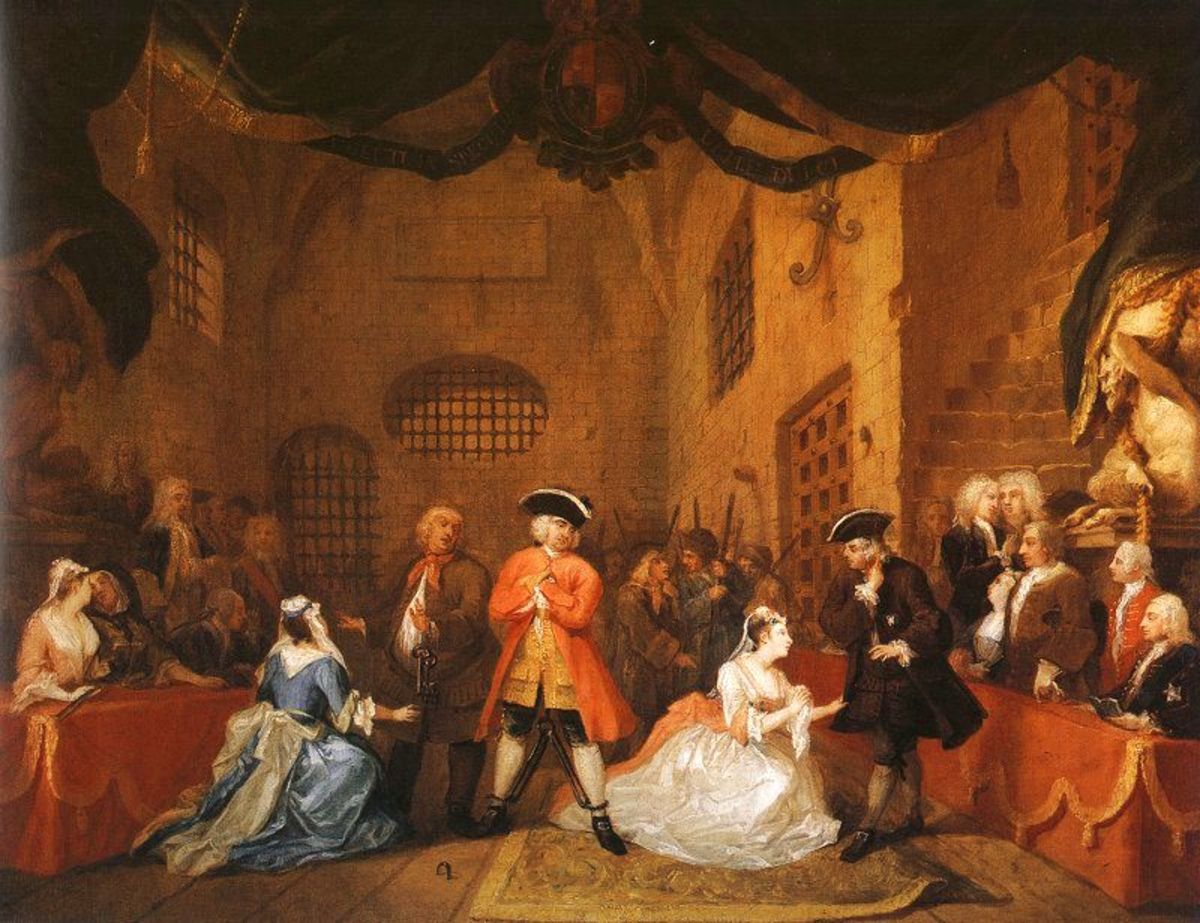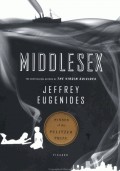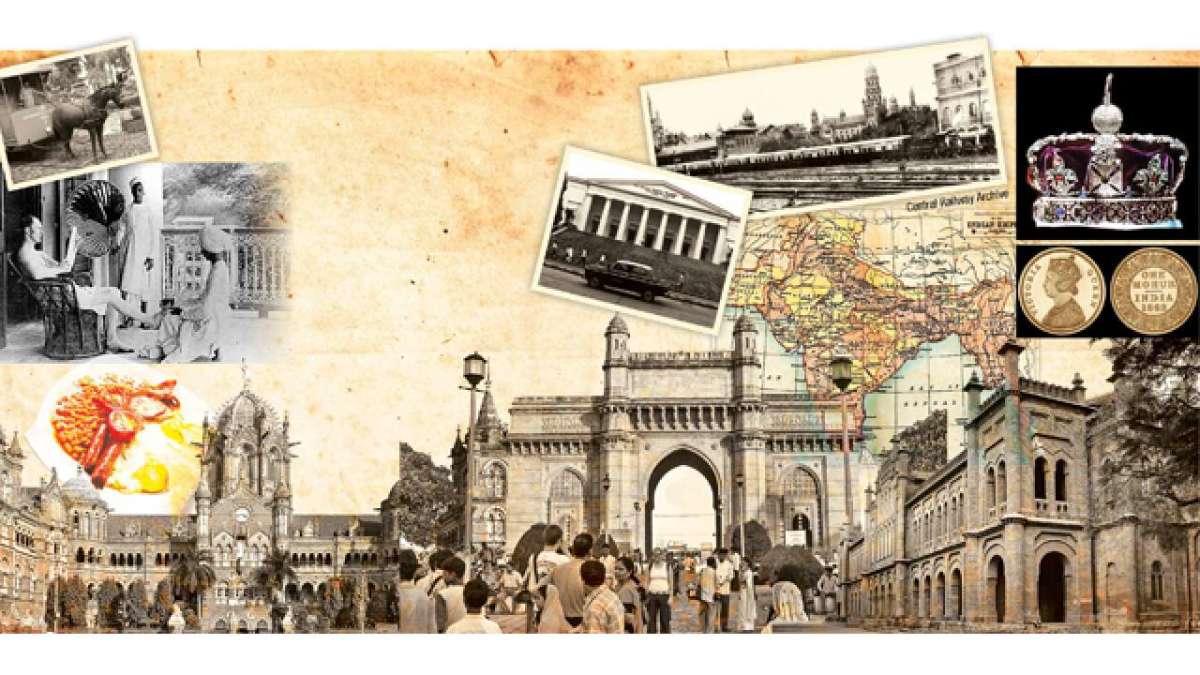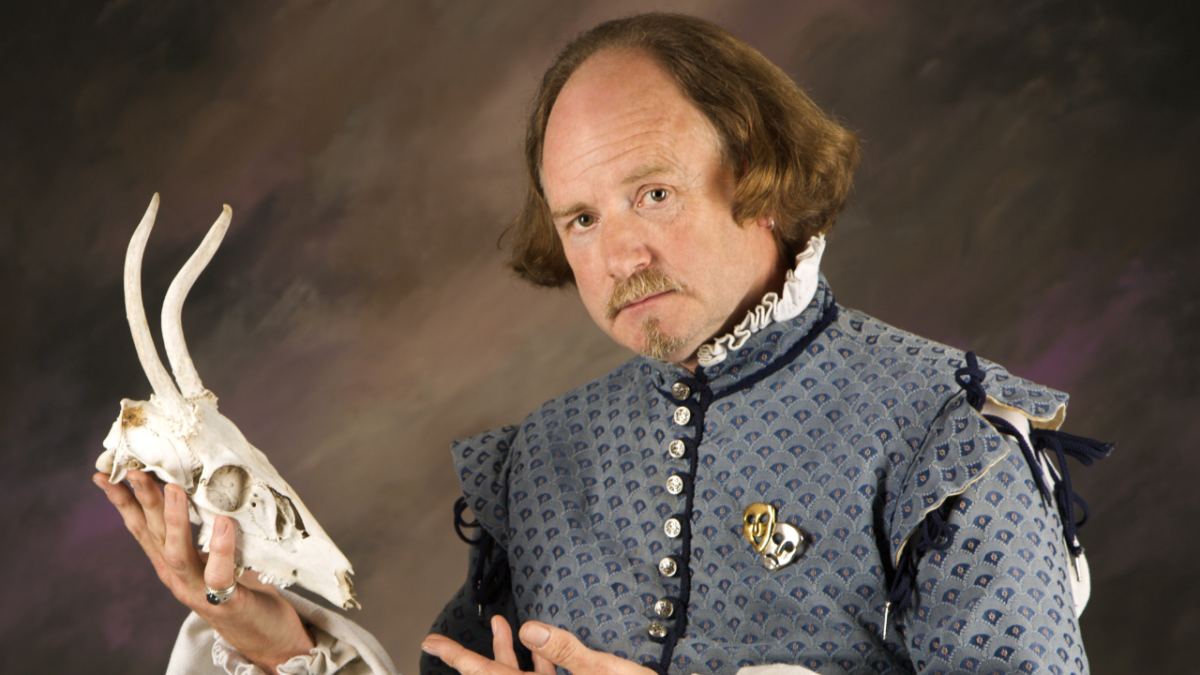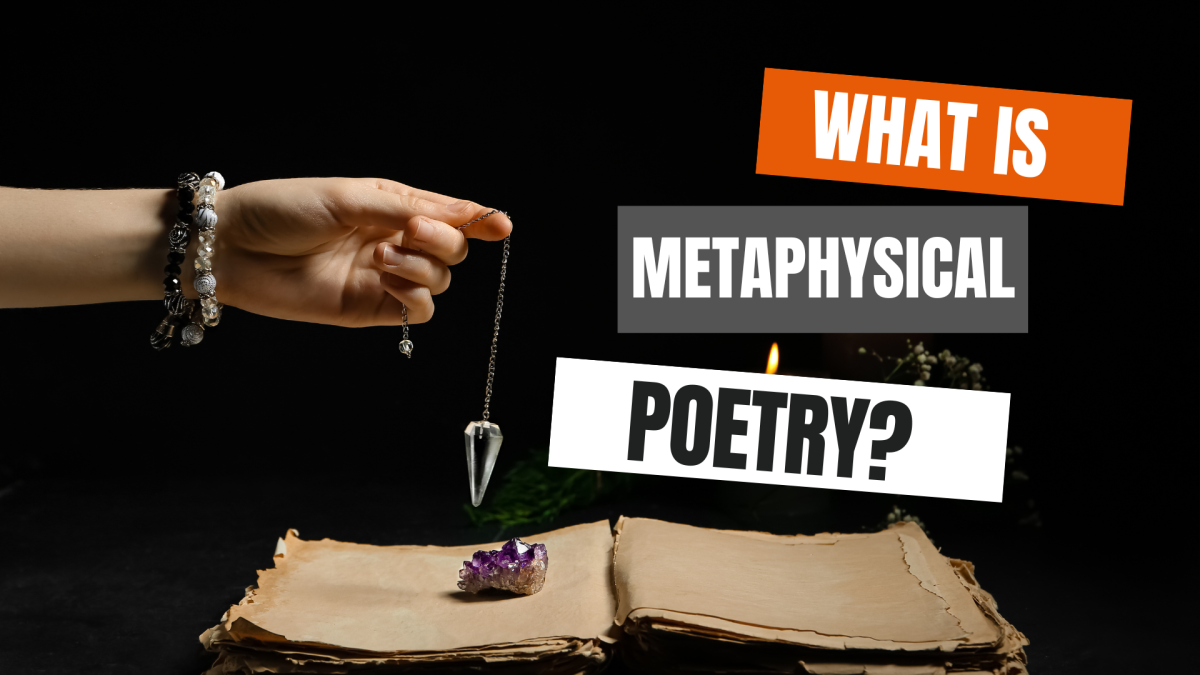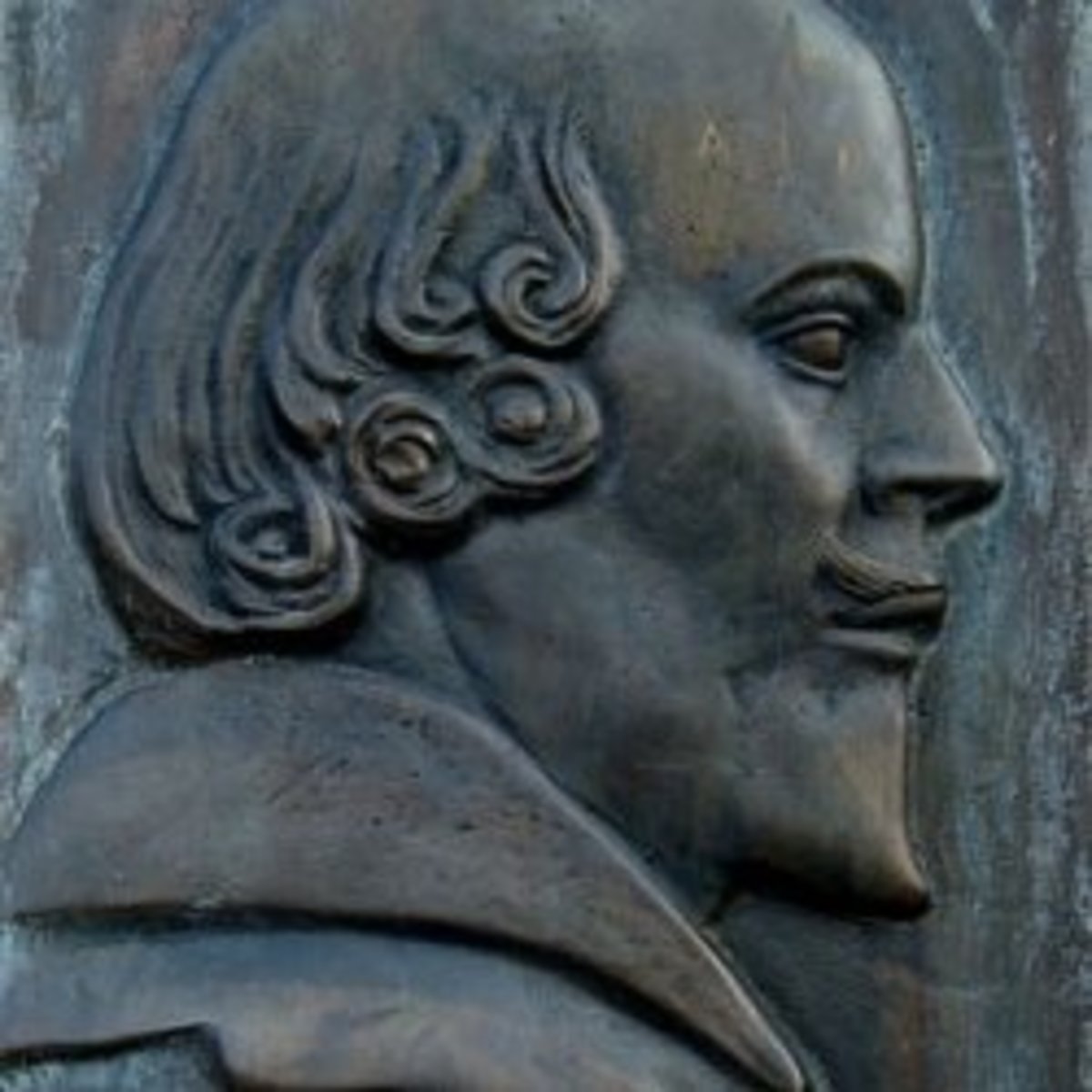Travel and Time in Eighteenth Century Novels
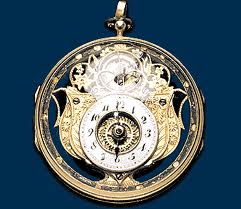
In the eighteenth century, travel for health-related reasons was very popular amongst those who had the means. According to Jeremy Black, “The idea of travelling for health became well-established in eighteenth century Britain as large numbers travelled to the developing spas such as Bath, Buxton, Scarborough and Tunbridge Wells,” and “To travel abroad for health represented a fusion of two of the more important developments in upper-class activities in this period: tourism and travelling for health” (125). Queen Anne helped to popularize the practice of “taking the waters” with visits to Bath in 1688, 1692, 1702, and 1703 (“History of Bath’s Spa”), as did Dr. William Oliver, whose Practical Dissertation on Bath Water recommended “taking the waters” as an effective treatment for ailments ranging from rheumatism to asthma to loss of appetite or even “Itch, Scab, and Leprosy” (“History of Bath’s Spa”; 83-101). As a result, Bath became Britain’s “premier resort of frivolity and fashion” and even underwent an extensive neoclassical remodeling for the pleasure of its increasingly numerous patrons (“History of Bath’s Spa”). Beyond Britain, the ailing often travelled to warmer climes in southern France, Portugal, or Naples in hopes of improved health and vigor (128). Even when travelling for purposes of business or political endeavors, the notion of travel as a health-related pursuit remained strong, with Lady Mary Wortley Montagu writing home to friends about the benefits of the Turkish baths and smallpox vaccinations. She even used the opportunity of her time abroad to see to it that her son was inoculated from the disease in the Turkish fashion (137-40, 162-4).
As a consequence of this new trend, art of the eighteenth century seems to have grown to imitate life, with novels of the period featuring instances of health-related travel, such as Emily and St. Aubert’s doctor-recommended journey through scenic France in Ann Radcliffe’s The Mysteries of Udolpho. More interestingly, however, a connection seems to be made on a more abstract level—not only between travel and health, with resulting prolonged life—but between the spacial movement of travel and the progression of time itself. Beyond simply availing themselves of the physical benefits of fresh air, spa waters, and warm temperatures, characters often seem to view travel as a means of halting or breaking free from the otherwise relentless passage of time. For characters in an eighteenth century novel, travel not only improves health; it prolongs the narrative, therefore staving off inevitable mortality.
Perhaps most obviously, in Laurence Sterne’s Tristram Shandy, the eponymous protagonist spends the seventh volume literally fleeing from a personified Death by embarking on a grand tour through Europe. Ill enough to be visited by Death in the flesh, Tristram resolves to “gallop… without looking once behind me to the banks of the Garonne; and if I hear [Death] clattering at my heels—I’ll scamper away to mount Vesuvius—from thence to Joppa, and from Joppa to the world’s end, where, if he follows me, I pray God he may break his neck” (432). Here, Tristram conflates time and space. Rather than conceptualizing death as an event that occurs at the end of a stretch of time, Tristram sees the anthropomorphized Death as a figure that he must literally outpace over a stretch of land. Perhaps encapsulating this idea most succinctly, he credits his spirits with causing him until now to “cheerily… tread the path of life” (431). For Tristram, this conventional metaphor is not a metaphor at all, but a literal reality.
Similarly, Tristram conflates his life with his novel, telling Eugenius that “I have forty volumes to write, and forty thousand things to say and do” as he frets of his impending death (432). It is perhaps fitting that he expresses his anxiety in this way, since in actuality, the character Tristram only exists within the pages of the novel, and his life extends only across as many pages as Sterne writes for him, and that only for as long as readers pay him their attention. In his travels through Europe, Tristram does not mention a desire to be warmed by the southern sun, to take the water, or to breathe the air; he is simply delaying his inevitable end by covering as much ground and as many pages as he can before death finally and inevitably catches up with him.
Tristram’s preoccupation with time and his use of travel as a means of protracting narratives is further shown not only in his flight from Death, but also in what is perhaps volume seven’s most memorable episode: his description of Janetone, the innkeeper’s daughter at Montreuil. Fixated on the preservation of the decaying and mutable rather than the contemplation of the eternal, Tristram dismisses the local architecture, averring that “every thing is just I suppose as the masons and carpenters left them,— and if the belief in Christ continues so long, will be so these fifty years to come.” Anyone can come to Montreuil and see the parish church and the abbey of Saint Austreberte looking just as they have for centuries, but “he who measures… Janetone, must do it now.” Noting that a beautiful woman could change in “a moment; e’er twice twelve months are pass’d and gone” (441), Tristram commits Janetone’s white stockings and the taper of her knee to print, therefore preserving her in much the same way he is preserved, in the pages of his novel.
Finally, this need for self-preservation might find its best expression shortly after Tristram’s encounter with Janetone, in his reflections at the inn in Abbeville. This might be the most poignant moment of the journey, as Tristram suggests that it is better to die at an inn, assisted by “undisturbed, but punctual” strangers, than at home, where “the concern of my friends… which the quivering hand of pale affection shall pay me, will so crucify my soul, that I shall die of a distemper which my physician is not aware of” (443). This touching image of Tristram’s last moments is immediately cut short by his insistence that “This inn, should not be the inn at Abbeville—if there was not another inn in the universe” (443), and his calling for horses and chaise to be prepared by four in the morning. When Tristram’s thoughts range closest to death, he feels an urgent need to keep moving, covering more ground and filling more pages.
Although perhaps no other eighteenth century novel foregrounds the connection between travel and longevity quite as explicitly as Tristram Shandy, similar themes are more subtly articulated other works, including Ann Radcliffe’s The Mysteries of Udolpho. Volume one of the novel largely chronicles the journey of Emily St. Aubert and her ailing father through the mountains to partake of “the air of Languedoc and Provence” (25). In addition to any benefit this travel might have on St. Aubert’s actual health—which is debatable, considering how often the journey seems to terrify or exhaust him, occasionally even bringing him to the brink of fainting (39, 50, 62, 64)—the journey greatly lengthens the time of his presence in the novel. While Madame St. Aubert’s sedentary, homebound illness and death is contained entirely within the last few pages of the first chapter, St. Aubert’s prescribed journey through the mountains protracts the narrative of his own decline and death to something like six times that length.
Not only does St. Aubert survive to encounter Emily’s destined lover, Valancourt, and to provide Emily with advice and instruction from his deathbed (77-81); he also takes time to become absorbed in picturesque natural scenes, even waking early to “inhale the first pure breath of morning, which above all things is refreshing to the spirits of the invalid” (36). In addition to any positive effect these experiences might have on St. Aubert’s health, they also seem to interfere with the progression of the narrative. St. Aubert’s literary life is protracted by his journey through a landscape described in beautifully meticulous, often extensively drawn out detail. He lives on in the reader’s consciousness for hours longer than he might otherwise, as she or he progresses slowly through chapters loaded with scenic portraiture.
In addition to providing St. Aubert with more longevity in the perception of readers, his passage through Radcliffe’s sublime mountain scenes perhaps has an effect on his own perception of time. According to Locke’s1690 Essay Concerning Human Understanding, “we have no perception of duration but by considering the train of ideas that make their turns in our understandings… [Thus] we see that if a man fixes his thoughts very intently on one thing… while he is taken up with that earnest contemplation… [he] can have no notion of duration, whatever may happen in the world” (123). Although one might generally shorten this statement to the conventional wisdom that “Time flies when you’re having fun [or otherwise absorbed],” Locke’s statement that an absorbed person “can have no notion of duration” seems to suggest that a man like St. Aubert, so attuned to the beautiful landscape that “His heart was full; he wept, and his thoughts ascended to the Great Creator” (36) is actually in a state somehow separate from the perception of time. Radcliffe’s sublime mountain vistas place both St. Aubert and the affected reader in a state of timeless absorption, therefore removing them—however temporarily—from the unyielding progression of time and effacing any awareness of St. Aubert’s impending end.
Finally, and somewhat less obviously, in Samuel Richardson’s Clarissa, Robert Lovelace also attempts to substitute spacial movement for temporal progression. By travelling to country inns and even canoodling amongst the French aristocracy, Lovelace keeps himself suspended in a state of perpetual bachelorhood. In his involvements with a string of eligible young women, he enjoys the process of courtship over and over again, even progressing as far as consummation, but stopping short of actual matrimony. Even upon encountering a “matchless creature” in the seemingly perfect Clarissa, Lovelace is determined to retain his freedom by forcing her virtue rather than standing by a firm resolve to marry her (608). For Lovelace, it would seem that settling down with a single woman to establish a household and therefore ceasing to rove, is the beginning of the end, placing himself irrevocably on a timeline, advancing past his prior suspension in bachelorhood and therefore acknowledging his progressing age and ultimate mortality.
Works Cited
Black, Jeremy. “Health and Death.” The British and the Grand Tour. Dover: Croom Helm, 1985. 125-33. Print.
“History of Bath’s Spa.” Bath. Bath Tourism Plus, 2012. Web. 3 May 2012.
Grundy, Isobel. Lady Mary Wortley Montagu. Oxford: Oxford UP, 1999. Google Books. Web. 3 May 2012.
Oliver, William. “Of the Virtues of Bath-Waters in Particular.” A Practical Dissertation on Bath-Waters. London: J.D., 1716. 83-101. Google Books. Web. 3 May 2012.
Radcliffe, Ann. The Mysteries of Udolpho. Ed. Bonamy Dobrée. Oxford: Oxford UP, 1966. Print.
Richardson, Samuel, and Angus Ross. Clarissa, Or, The History of a Young Lady. Harmondsworth, Middlesex, England: Penguin, 1985. Print.
Sterne, Laurence. The Life and Opinions of Tristram Shandy. Ed. Joan New and Melvyn New. London: Penguin, 2003. Print.

